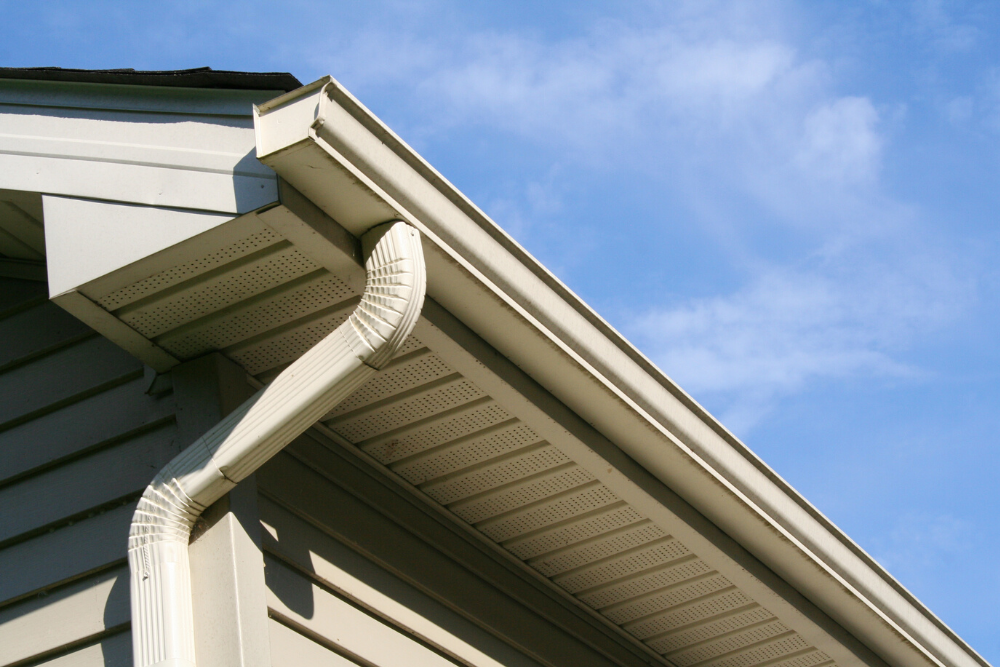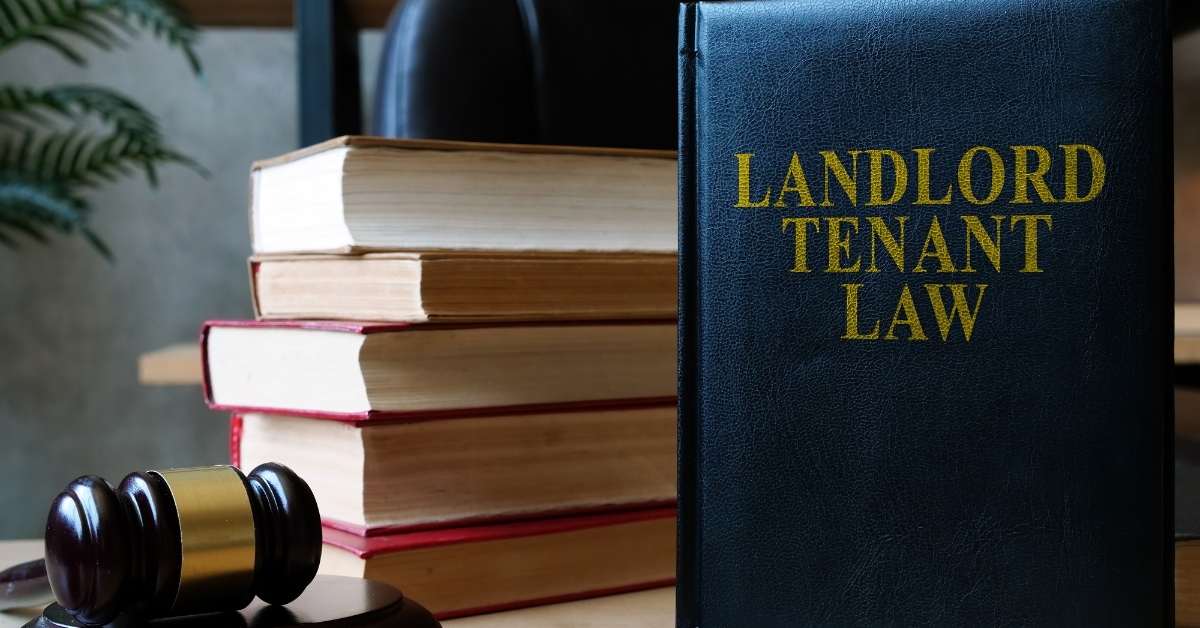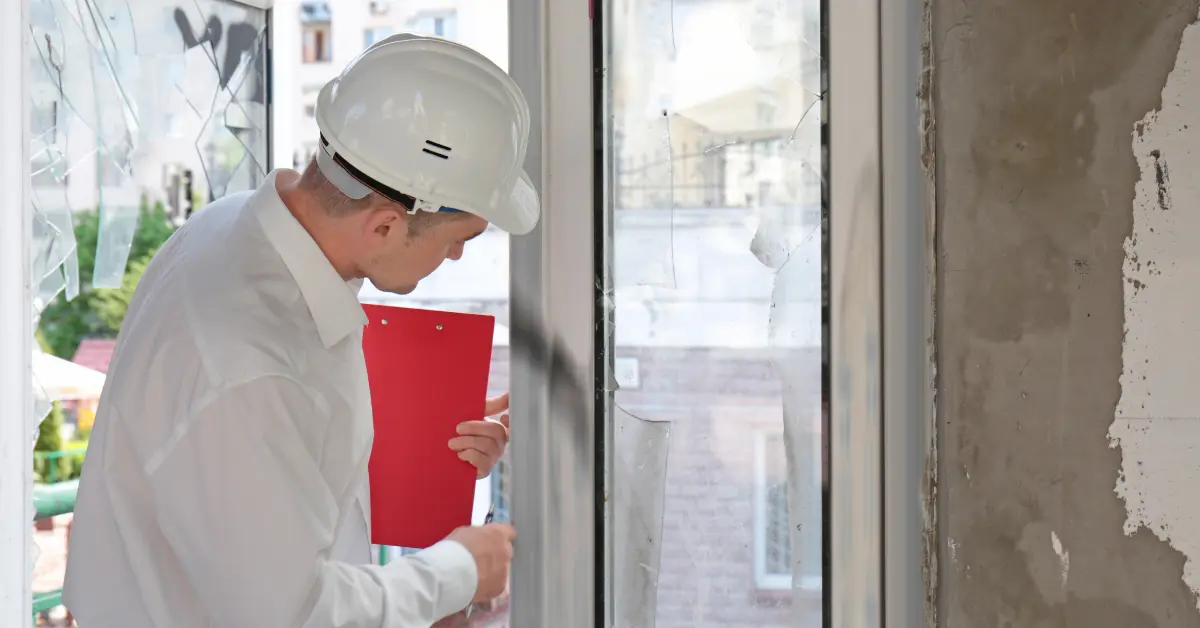Performing preventative maintenance on your home is comparable to maintaining a healthy routine for your body. The more that you do today to keep in good health, the more money you will save further down the road in costly medical procedures. In your home’s case, costly repairs. Below are 6 incredibly simple preventative maintenance procedures that can save you serious time and money, and headaches, while maintaining your home.
1. Weatherization
We can’t stress enough how important it is to protect your home against every changing season, especially in the winter. With freezing temperatures, comes the possibility of bursting pipes, causing anywhere from $900 – $3800 in repairs. That’s not an easy bill for anyone to stomach, especially during the holidays. Our best recommendation: be proactive.
The best way to protect your pipes in the winter if you are planning on living in your home, is to wrap all pipes in insulating material, such as heating tape or fiber glass. To go a step further, inspecting your entire home prior to winter is a great way to identify potential breaks and repairs, and fix them before they turn into larger issues. For a full list of how to protect your home against freezing temperatures, click here.

2. Clean Your Gutters
Gutters are essential to every property. They provide runoff water a way to be transported to a draining system, instead of in the surrounding soil of your home. The more water you have stagnating around your property and soaking into the soil, the more problems you are going to have with potential cracks in your foundation. Sadly, despite how simple and import it is, many homeowners neglect to consistently maintain their gutters (even those who aren’t afraid of heights).
Let’s look at this from a time and money perspective: to unclog your drains you need a ladder, gloves and a trash bag. All of which you can buy at Lowes, Home Depot, or Amazon. Depending on the brand or variation of product, you can expect to spend anywhere from $100-$300 and will be sacrificing an afternoon of time. In contrast, a damaged foundation can cost anywhere between $500 – $10,000 in repairs. Long story short, at the very least, homeowners should be clearing their gutters of debris 2-3 times each year.
3. HVAC Filters and Semi Annual Inspection
First and foremost, we recommend getting an HVAC inspection twice a year. Both shortly before summer and before winter would be the optimal times to do so, just before they are meant to be working their hardest. An HVAC inspection will help identify worn out parts early on before an unexpected break down occurs.
Next up, to keep your HVAC running as optimally as possible, we recommend changing your filter at least once every three months. However, this really depends on your home and quality of filter used. The HVAC filter is cheap, easy to replace and helps to keep debris from entering your home’s air and your HVAC system. Having clean filters could mean a drop in electrical bill anywhere from %5 – %15. It’s worth the effort!
Replacing an HVAC filter is much less labor-intensive then cleaning your gutters and winterizing your pipes, so there’s no excuse for not properly maintaining it. You literally don’t even have to leave your house!
4. Protect Against Termites
No pest holds as much menacing power to destroy a home like termites do. An infestation of termites can completely destroy the foundation of a house in as little as a year. They are estimated to be the cause of $30 billion worth of crop and property damages each year in the United States. Basically, it’s worth the investment to protect your home against termites. A complication with a home’s foundation is a serious matter, and is rarely ever cheap or easy to fix.
Once applied, a termite treatment will usually last anywhere from 6-13 years and costs around $1,500. In contrast, a homeowner will spend around $3,000 to repair damage caused by termites. Skipping the treatment, simply isn’t worth it.
5. Maintain Your Dryer
A simple preventative maintenance procedure that could save your home from a potential fire hazard, is to maintain your dryers. It sounds surprising, but every year firefighters respond to 14,630 home fires caused by clothes dryers. How is it that dryers can cause so many fires? LINT. Lint builds up inside dryer vent ducts, creating highly flammable masses.
The best way to check to see if your vent ducts are working properly is test the outdoor vent. If there is a steady warm breeze causing the flap to move, all is well. If not – act fast. Shut the dryer off completely and use a vacuum to remove the excess lint from the inside. This will not only reduce the hazard of fire drastically, but increase the efficiency of your dryer.

6. Replace Your Roof
Replacing a roof can be incredibly expensive, depending on the material used, but it’s an investment that will last anywhere from 15 – 50 years. Replacing your roof will prevent against leaks, which can ruin drywall, floors, internal infrastructure and insulation. Once a leak has occurred, the possibility of mold forming is quite high as well, making a home uninhabitable. After a new roof is in place, ongoing routine roof maintenance is recommended to attend to as needed.
Preventative Maintenance is Worth The Effort
These simple, yet effective preventative maintenance procedures can help you protect your investment through the duration of ownership. Taking the time to perform these simple tasks with ensure happy tenants and hold your home’s value. While some of these preventative maintenance tasks require an upfront investment and effort (and maybe a little elbow grease), the risk of ignoring them is far too high. Most of the procedures listed can be completed in an afternoon and don’t require endless trips to the home repair store, or even a tremendous amount of handy-man skills.
Looking for something?
Visit our Tenant Resource Center to submit a work order. Visit our Client Resource Center to log into your account. Check out our awesome DMV located rentals. Get in touch for our property management services.



































